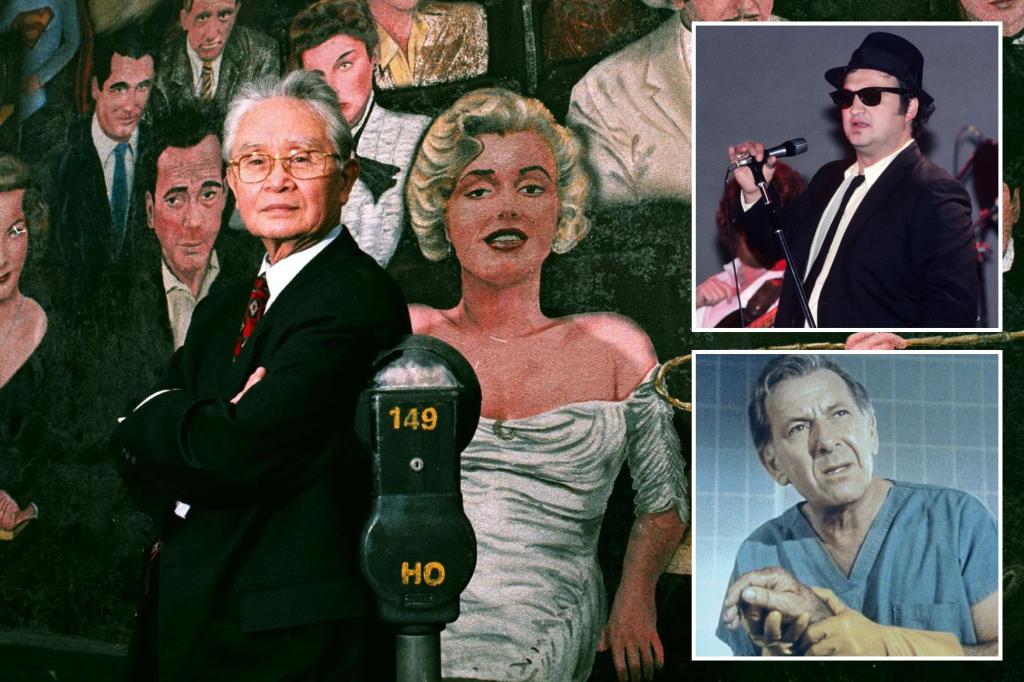From Morgue to Mainstream: How One LA Coroner Turned Forensic Innovation into Celebrity

Dr. Thomas Noguchi emerged as a legendary forensic pathologist whose high-profile autopsies captivated the public imagination and transformed the landscape of criminal investigations. Widely known in media circles as the "coroner to the stars," Noguchi became synonymous with unraveling the mysterious circumstances surrounding the deaths of Hollywood's most famous personalities.
His professional career was marked by groundbreaking forensic work on some of the most sensational celebrity deaths of the 20th century. Noguchi meticulously examined the remains of iconic figures like Natalie Wood, the beloved actress whose drowning sparked endless speculation, John Belushi, the comedic genius whose untimely demise shocked the entertainment world, and Sharon Tate, the tragic victim of the Manson Family murders.
Beyond the glitz and glamour of Hollywood, Noguchi's forensic expertise brought scientific rigor and precision to complex death investigations, often providing crucial insights that helped law enforcement understand the intricate details surrounding these high-profile cases. His work not only solved mysteries but also set new standards in forensic pathology, making him a pioneering figure in the field.
